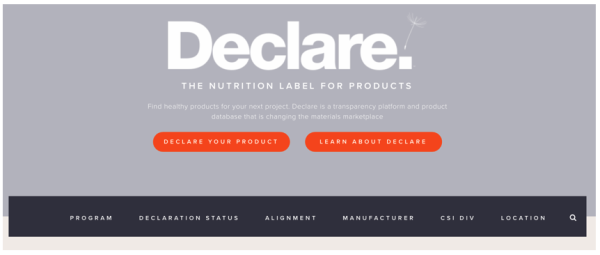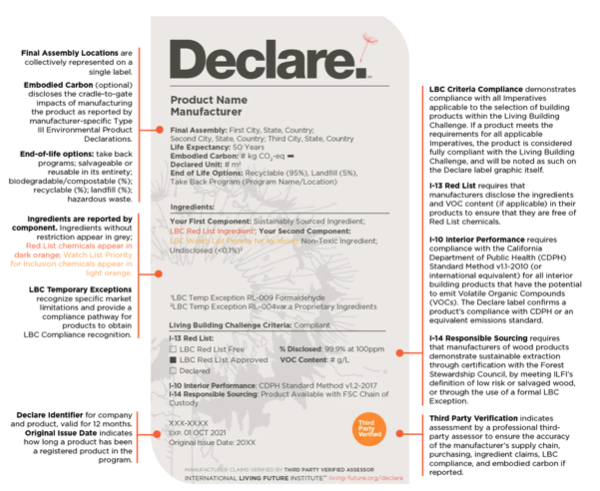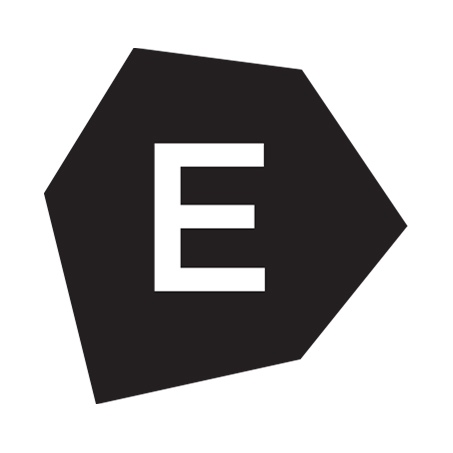Guest blog post by Fiona Caulfield, Declare Manager New Zealand
It is estimated that people spend approximately 90% of their time indoors, so it is more important than ever to ensure that the materials we are surrounded by are safe and healthy. But how do we know what materials are safe and healthy?
Back in 2006, the growing need for materials health information inspired the International Living Future Institute to develop the Red List of chemicals. The Red List is updated annually and represents a comprehensive list of chemicals, commonly found in building materials, that are proven to harm human and environmental health.
The Red list is the keystone to Declare — a “nutrition” label for building materials. Much as nutrition labels help consumers know what is in the food they buy, Declare helps in the selection of healthy building products, by providing free access to the publicly available Declare database.

Since its inception, Declare has grown into a globally recognised programme and has positively changed the materials marketplace by facilitating and simplifying the exchange of complex ingredient information and by promoting product transparency.
The Declare label details:
- Where the product was assembled, what it is made from (to 100ppm /0.01%), and its end-of-life options.
- VOC content of liquid applied products
- Compliance with the benchmark CDPH STANDARD METHOD V1.2-2017 or equivalent for VOC emissions related to internal products
- Whether any wood based products hold a full Forest Stewardship Council Chain of Custody certificate, and
- Where a product-specific cradle-to-grave, or cradle-to-gate and end-of-life options C1-C4 Environmental Product Declaration (EPD) is held, embodied carbon can also be included

Based on the information provided for a product, a Declare Label will have one of three Declaration Statuses assigned:
LBC Red list free products disclose 100% of ingredients present at or above 100 ppm (0.01%) in the final product, and do not contain any Red List chemicals.
LBC Red list approved products disclose a minimum of 99% of ingredients present in the final product and meet one or more approved exceptions.
Declared products disclose 100% of ingredients present in the final product, but contain one or more Red List chemicals that are not covered by an approved exception — transparency being important for informed choices to be made.
Declare aligns with a number of sustainability programmes and is an approved materials pathway for:
- The Living Building Challenge and Core Building Challenge
- LEED
- International WELL Building Standard
- Green Building Council of Australia (GBCA) Green Star Buildings, Responsible Products Framework
- NZGBC Green Star Buildings, Responsible Products Framework (expected to be launched August 2024).
In New Zealand many local manufacturers and distributors are embracing transparency and are participating in the Declare programme, showing the industry “what good looks like” in supply chain transparency.
There’s an ever-increasing array of building product types on the database, allowing clients and specifiers to make informed and healthy choices for every part of the built environment.
We look forward to the continued participation of our existing Declare manufacturers and to hearing from any manufacturers or distributors wanting to participate in the programme.
Contact Fiona Caulfield, Declare Manager New Zealand for more information:
[email protected]
021 051 1171




























 Most Popular
Most Popular Popular Products
Popular Products


